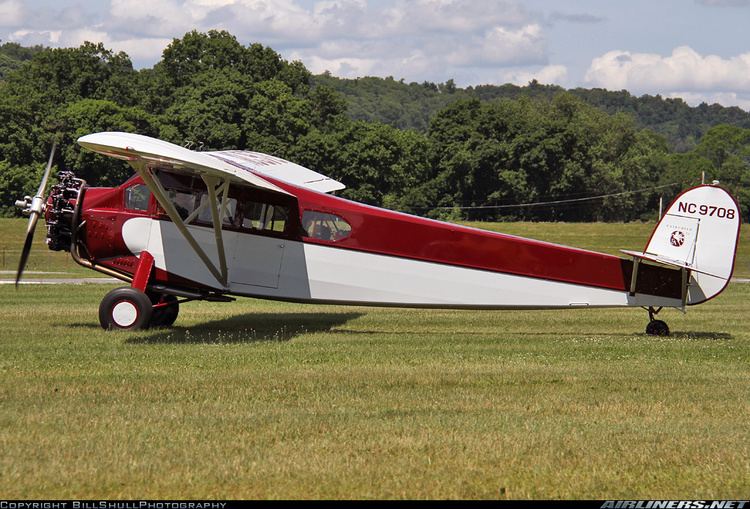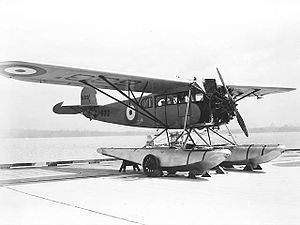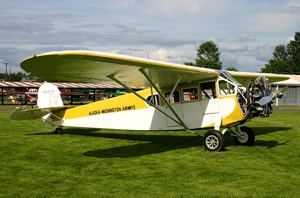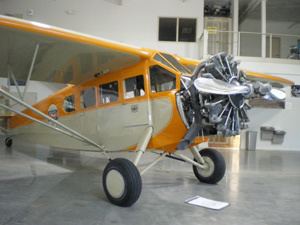Top speed 212 km/h Length 11 m | Wingspan 15 m First flight 1926 | |
 | ||
Manufacturers Fairchild Aircraft Ltd., Fairchild Aircraft | ||
Fairchild 71
The Fairchild 71 was an American high-wing monoplane passenger and cargo aircraft built by Fairchild Aircraft and later built in Canada by Fairchild Aircraft Ltd. (Canada) for both military and civilian use as a rugged bush plane.
Contents
- Fairchild 71
- Design and development
- Operational history
- Variants
- United States military designations
- Civilian Operators
- Military operators
- Specifications Model 71C
- References
Fairchild 71
Design and development

The Fairchild Aircraft Company undertook a progressive development of the Fairchild FC-2W2 light transport. Its first improvement was the FC-2, whose several improvements included:
The FC-2 first flew in 1926.
The FC-2W was a further development, featuring:

The FC-2 and FC-2W continued the use of fabric-covered welded steel tubing for fuselage and empennage construction, and strut-braced wooden-structure fabric-covered wings.

The FC-2W, later known as the Model 71, was built in the United States between 1928 and 1930. In 1929 Fairchild formed a company in Canada (Fairchild Aircraft Limited) at Longueuil, Quebec in 1929 to support the Canadian operators of Fairchild aircraft. The Canadian company also set up a factory production line for the Model 71, developing a variant for the Canadian military. The Canadian-built aircraft differed from the US version in that all the passenger-comfort features were removed, and the craft were built specifically for aerial photography.
Operational history

The United States Army Air Service acquired one Model 71 for evaluation; it was designated XC-8, later redesignated XF-8 and used for photographic work.
Eight more service-test aircraft, designated YF-1 were ordered; all nine were later redesignated C-8.

The Royal Canadian Air Force (RCAF), another major military operator, evaluated the Fairchild 71 in mid-June 1930. Thirty four RCAF FC-71s were operated from 1930 to 1946. Along with the earlier FC-2 series, the RCAF FC-71 was utilized primarily in the aerial photographic survey role as well as northern transport. In November 1934, the RCAF transferred the FC-71s to the five detachments flying in the amalgamated Maritimes No. 5 (Flying Boat) Squadron at RCAF Station Dartmouth. The squadron flew the FC-71 extensively on anti-smuggling (rum running) and illegal immigration patrols for the Royal Canadian Mounted Police (RCMP).
Most of the Model 71 production ended up in the hands of bush plane operators in Canada and the United States. Civilian operators likewise found the 71 a rugged, reliable and highly useful utility transport, well suited for northern and remote operations.
Variants
United States military designations
Civilian Operators
Military operators
Specifications (Model 71C)
Data from Canadian Aircraft Since 1909
General characteristics
Performance
